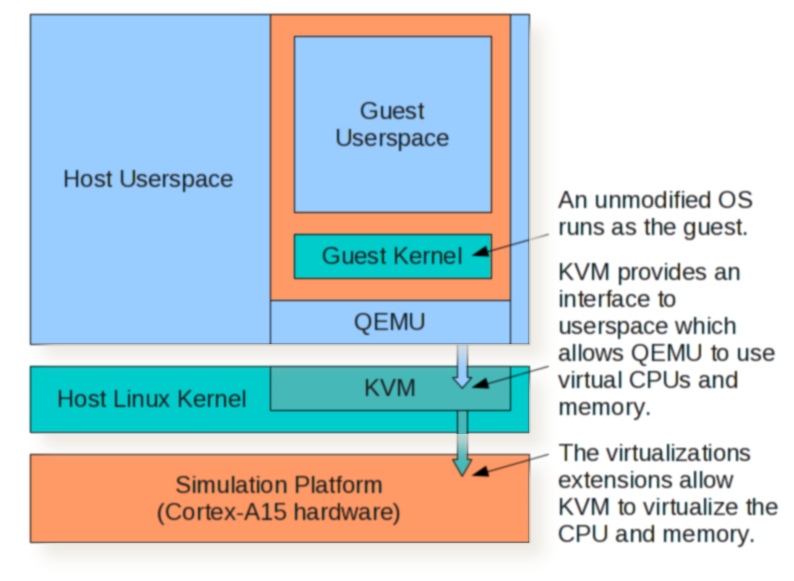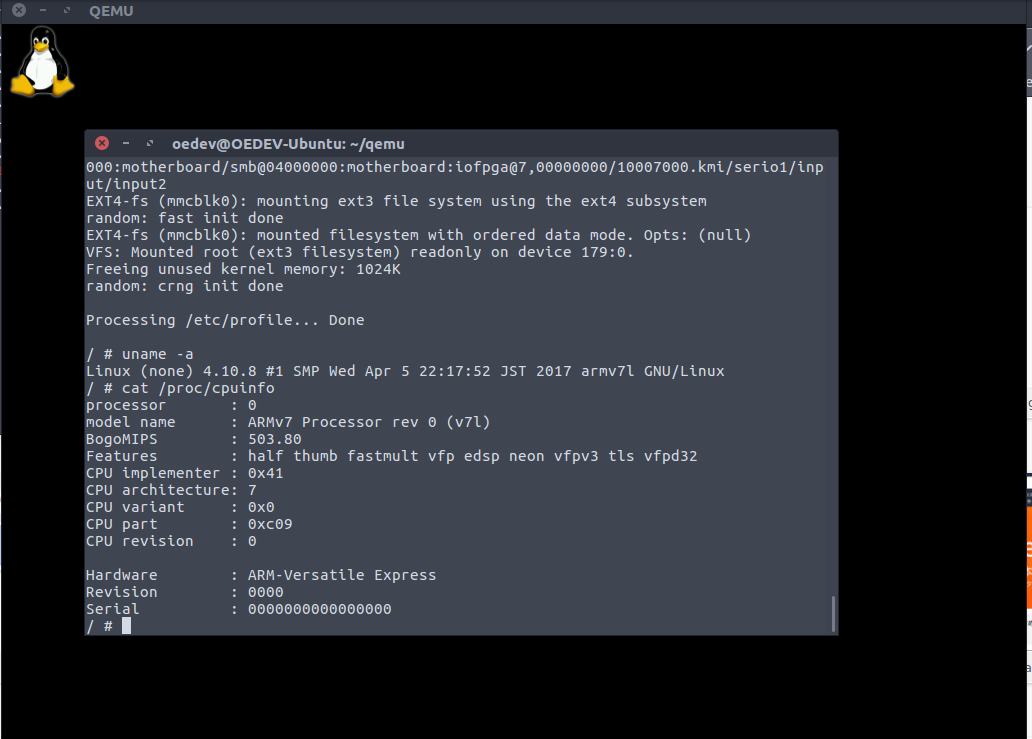

- Qemu system arm windows how to#
- Qemu system arm windows install#
- Qemu system arm windows driver#
- Qemu system arm windows android#

Qemu system arm windows install#
Install ARM64 Homebrew and QEMU dependencies.Install Xcode from App Store or install Command Line Tools on your Mac running on Apple Silicon.
Qemu system arm windows how to#
How to install Windows 10 for arm in QEMU? – qemu-system-x86_64.exe -m 1G -smp 2 -boot order=dc -had ubuntu20.img -cdrom “e:\buntu-20.04.3-desktop-amd64.iso” (this will run Ubuntu using CD/ROM). – qemu-img create -f qcow2 ubuntu20.img 30G (this will create a virtual hard drive of 30GB). – cd \\qemu (this will open the qemu folder).
Qemu system arm windows driver#
Or you can copy the script here: Step 3: (Optional) Install Virtio driver: Download the driver iso here and put it to the vm directory. Step 2: Download the script: Goto Release and download it. On Linux just run sudo apt install qemu-system-aarch64. – E: (this will open the e drive where QEMU is installed). Step 1: Install QEMU: Goto and install QEMU if you haven't installed it yet. – QEMU – Compatible Kernel – Raspbian – Windows 10 – Keyboard – 7Zip Xen uses QEMU for the hardware assisted virtualization, but can also paravirtualize guests without hardware virtualisation. VirtualBox is a virtualization software limited to x86 and amd64 architecture. QEMU/KVM is better integrated in Linux, has a smaller footprint and should therefore be faster. You can use either qemu-system-arm or qemu-system-aarch64 to simulate a 32-bit Arm machine: in general, command lines that work for qemu-system-arm will behave the same when used with qemu-system-aarch64. Use the qemu-system-aarch64 executable to simulate a 64-bit Arm machine. The Windows versions of xPack QEMU Arm are packed as ZIP files. QEMU is a fast, cross-platform open source machine emulator which can emulate many hardware architectures. Windows as QEMU guest Windows can run fine under QEMU and KVM, but since installing it with QEMU or libvirt directly is not very straightforward, most people prefer using other hypervisors which have a fancy GUI.
Qemu system arm windows android#
It adds support for booting Android devices, emulates typical Android hardware (OpenGL, GPS, GSM, Sensors) and a GUI interface. The Android Emulator is downstream from the QEMU emulator. It does, however, both demonstrate the company's willingness to contribute to the FOSS community and also the sway the Azure team has over Windows 10, even with 20H1 still more than a year away.While QEMU does support booting other OS’s, we don’t use that functionality since Android is Linux. Some have speculated on the technology being used to spawn Arm-based Azure data centres running Windows virtual servers on Linux, but this does not appear to be on the roadmap (for now, at any rate). Also, QEMU/KVM as usually tuned to ARMH spec by ARMH architects themselves, which means that something not running under QEMU usually indicates a problem in the OS following the spec, not QEMU." He then donned his engineering hat to add "KVM is an engineering tool for us, for testing the OS and drivers. Justo told El Reg: "KVM is a huge tool for us and for our partnering ISVs, so we've been investing in making sure Windows 10 on ARM64 works great on Linux/KVM." However, being able to run with KVM enabled will strip out the overhead of emulation on the right hardware.Īs for why Microsoft would do such a thing, the answer is a pointer to the seismic shifts that have happened within the company over the last few years. The virtio-net driver has continued to misbehave, meaning that KDNET must be configured for networking, and some users have reported issues with audio. Of course, things aren't all gravy just yet.


 0 kommentar(er)
0 kommentar(er)
